With profits down 85 per cent year-on-year, Nissan is moving to align production with sales projections and reduce its Mitsubishi stake, while accelerating its EV push to compete in critical markets. The automaker’s revised strategy includes job cuts, cost reductions, and renewed alliances as part of its Arc turnaround plan.
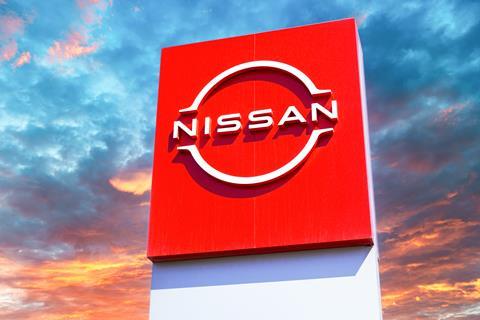
Nissan’s financial struggles have deepened, with a net loss of ¥9.3 billion ($92.5 million) reported in the recent quarter and an 85 per cent drop in operating profits from the previous year. The automaker has unveiled a series of corrective measures aimed at “stabilising and right-sizing the business,” including a global reduction in its workforce, cost-saving initiatives, and strategic asset sales. The continued negative impact on automotive production is clearly spreading on a global scale.
One of the more dramatic moves by the OEM involves a 20 per cent cut in production capacity, resulting in the loss of 9,000 jobs worldwide. By scaling back its manufacturing operations, Nissan aims to bring its global production in line with projected sales of 3.5 million vehicles for the 2026 fiscal year.
”In pursuing its Arc strategy, Nissan aims to fortify its position in critical markets while aligning production capacity with realistic sales expectations”
The recalibration marks an effort to avoid the challenges of excess inventory and bolster financial resilience.
In the United States, where Nissan’s dealer network has been pressured by high stock levels, the company has offered significant incentives and even urged dealers to sell at a loss to manage unsold vehicles. On the financial side of automotive production implications, and in solidarity with impacted employees, Nissan’s CEO Makoto Uchida has committed to a 50 per cent reduction in his own salary, with other board members also accepting voluntary pay cuts.
Diluting the Renault-Nissan-Mitsubishi Alliance
To strengthen its balance sheet, Nissan has announced it will be reducing general administrative costs and liquidating certain assets. One high-profile decision includes decreasing its stake in Mitsubishi Motors from 34 per cent to around 24 per cent. The withdrawal is expected to generate approximately ¥68.6 billion ($680 million) in proceeds, but it also signifies a loosening of ties within the Renault-Nissan-Mitsubishi Alliance. With its shareholding in Mitsubishi now under the 33 per cent threshold, Nissan relinquishes automatic control over the brand and its board appointments.
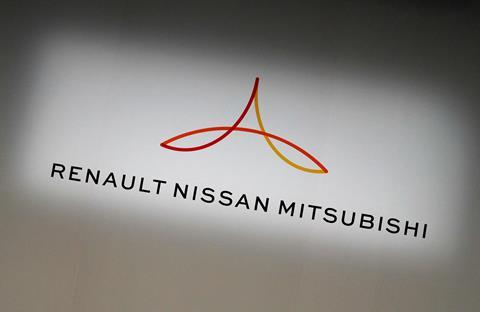
Nissan’s relationship with Mitsubishi dates back to 2016, when it acquired a controlling interest after Mitsubishi admitted to falsifying fuel economy data in Japan, a practice dating to 1991.
In the years since, the two companies have collaborated on platform-sharing projects, including Mitsubishi’s leadership on ute models like the Triton and co-development of models on Renault-Nissan-Mitsubishi Alliance platforms, such as the Outlander.
However, with Renault’s recent agreement to reduce its Nissan shareholding from 43 per cent to 15 per cent, the financial ties within the Alliance have weakened. Although Renault will retain some influence over Nissan, it has voluntarily agreed to limit its role in Nissan’s governance, signalling a shift toward more independent decision-making across the Alliance’s members. Yet Nissan has reassured stakeholders that it remains committed to “deepening collaboration” with Renault, Mitsubishi, and Honda, the latter of which is a partner in electrification and software development initiatives.
Rebalancing automotive manufacturing towards EVs
Despite scaling back in certain areas, Nissan plans to “accelerate some of the [model] plans” outlined in its Arc turnaround strategy introduced in March. This acceleration focuses primarily on electric vehicle models for China and e-Power hybrids and plug-in hybrids for the US market.

Nissan’s push for prioritised EV models in China is especially pressing. The automaker, like many foreign brands, has faced a competitive squeeze from local manufacturers whose electric models have captured a growing share of the market. In North America, Nissan’s limited hybrid options have placed it at a disadvantage against rivals like the Toyota RAV4 and Honda CR-V, both of which have established strong footholds in the hybrid segment.
In pursuing its Arc strategy, Nissan aims to fortify its position in critical markets while aligning production capacity with realistic sales expectations. The revised plan reflects Nissan’s resolve to balance competitive pressures with financial prudence in an era of shifting market dynamics and electrification trends.





























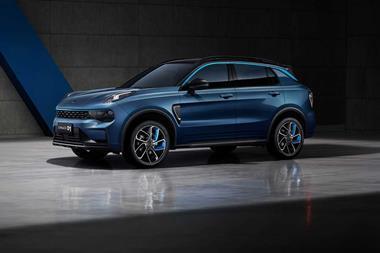

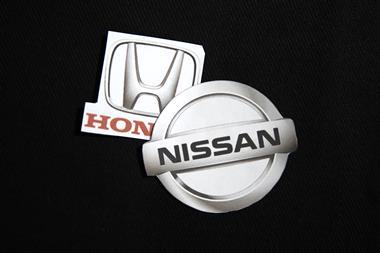

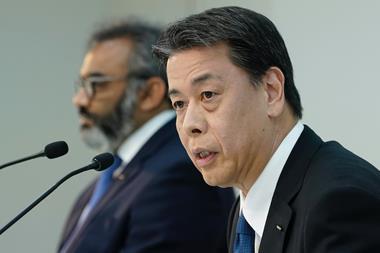
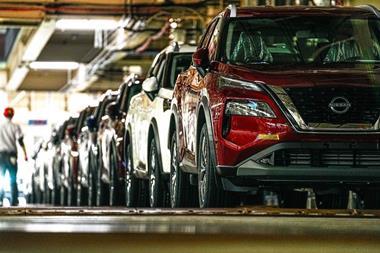



No comments yet